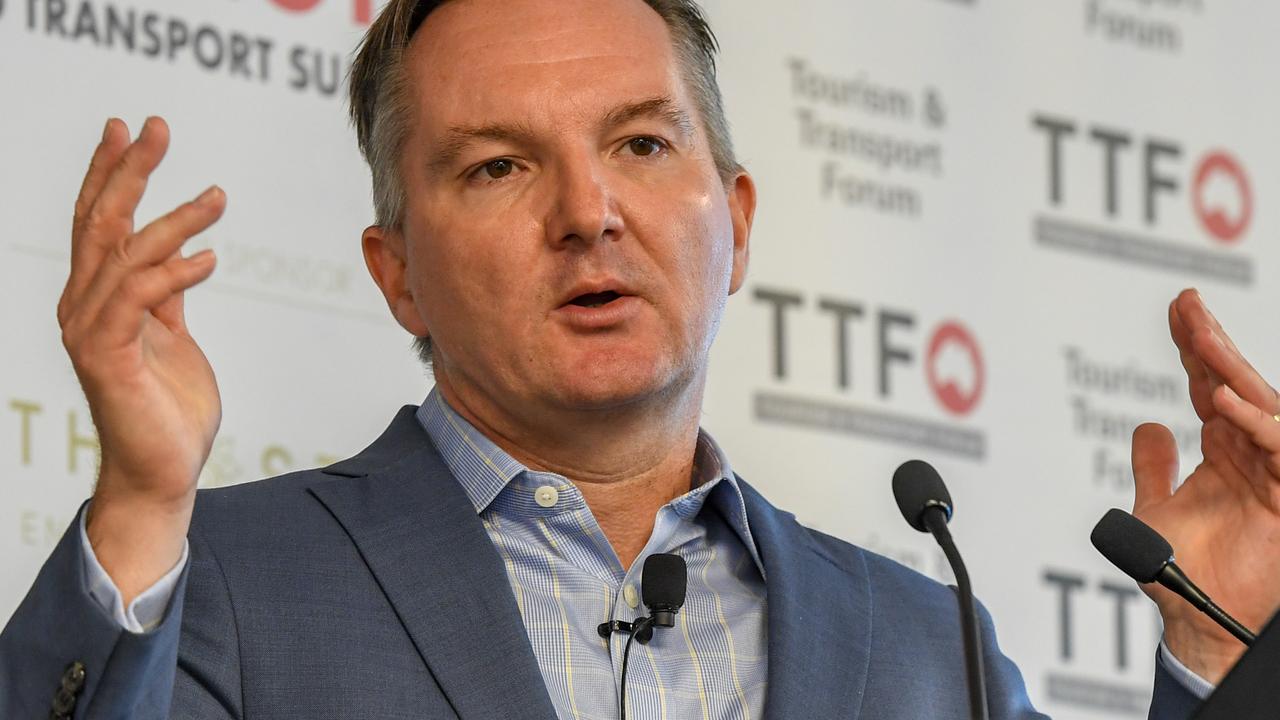
The standard list of possible nasty surprises currently includes an increase in terror attacks, the election of Donald Trump as US President, a big China setback or the collapse of a major European bank.
But very rarely among market analysts have I seen recognition of the risks posed by the fundamental changes taking place in the global defence environment and shifts in the international balance of power.
For the last half century, major-power conflict has been minimised because everyone knew that the US was the world’s greatest military power and that the US was prepared to use that power. The cold war never escalated into a major war partly because Russia recognised the power of the US.
But in the last decade or so that has changed and both Russia and China now believe that US has fallen behind, which is very dangerous for countries like Japan and Australia who have placed their faith in the continuing recognition of the US military’s global supremacy.
The US top brass will deny that they have let the US fall behind but, to some extent, the facts are irrelevant to the danger — it’s what the Russians and Chinese believe that is important.
And so we see a confident China taking control of much of the South China Sea by erecting large military posts on artificial islands that they have built. The South China Sea is Japan’s main trade waterway. China would never have attempted such an action two decades ago.
You only have to look at the history of China-Japan conflicts to realise that this is a high-risk situation — a risk that markets do not factor into their thinking.
Russia has become a dominant power in the Middle East and is taking an even more aggressive stance in the Ukraine and with the Baltic States.
The Baltic States have signed up to the NATO defence shield and clearly Russia believes that diminished US power means that NATO can’t defend them. It’s another high-risk situation that the markets do not factor in.
In the Australian corporate world we are watching a single disaster, Masters, sap Woolworths’ strength. But the Woolworths disaster was much more than simply the Masters mistake.
Woolworths had a bloated head office management structure that had an enshrined belief in its own invincibility and prevented the truth getting to the board on a whole range of matters including the rundown of Woolworths supermarkets.
Bunnings knew Masters was a disaster after watching it trade for a few months. Woolworths people on the ground also knew it was not working but the truth never got to the top or if it did they ignored it.
The US military has experienced a series of technological investments that have failed; it mothballed production and development of its best aircraft, the F-22, and its overall strength has been sapped by the adventures in the Middle East plus budget cuts.
But what has really convinced the Russians and Chinese that they are superior is the US military’s equivalent to Masters — the Joint Strike Fighter that was supposed to enshrine US air superiority.
The Russians and Chinese have closely examined the JSF data and, like the Canadian Prime Minister, have concluded that Russian and Chinese aircraft are either superior or will be superior.
The JSF defenders, including the Australian top brass, say that the JSF has secret capabilities and is not inferior. The Russians and Chinese simply don’t believe them and the evidence that comes out of the US indicates Russia and China are right.
But, in truth, it does not matter who is right.
It’s the Russian and Chinese belief that they will dominate the skies in any conflict that increases the danger of the South China Sea and Baltic/Ukraine situations escalating.
Australia has not adjusted to the dangers and, apart from not following the Canadians in pushing the Americans to reinstate the F-22 and merging it with the JSF program, Australia has ordered a submarine from France that will take five years to design and a lot longer to build a fleet, assuming the design works.
The stockmarket assesses that the new military balance of power is not a risk. The Australian defence officials seem to take the same view believing we have plenty of time.
I hope both the market and the defence top brass are right but, whichever way you look at it, defence risk has heightened and it goes way beyond terror.






Market commentators are always on the look out for potential surprises that will upset their projections.